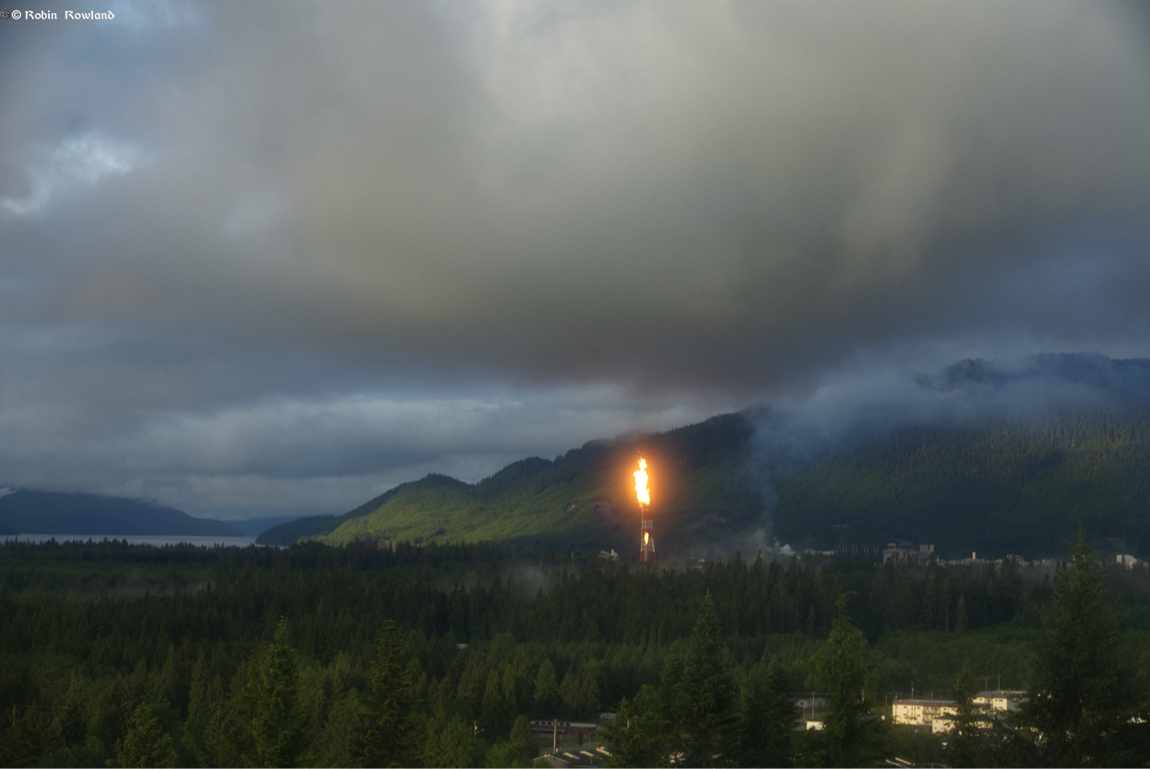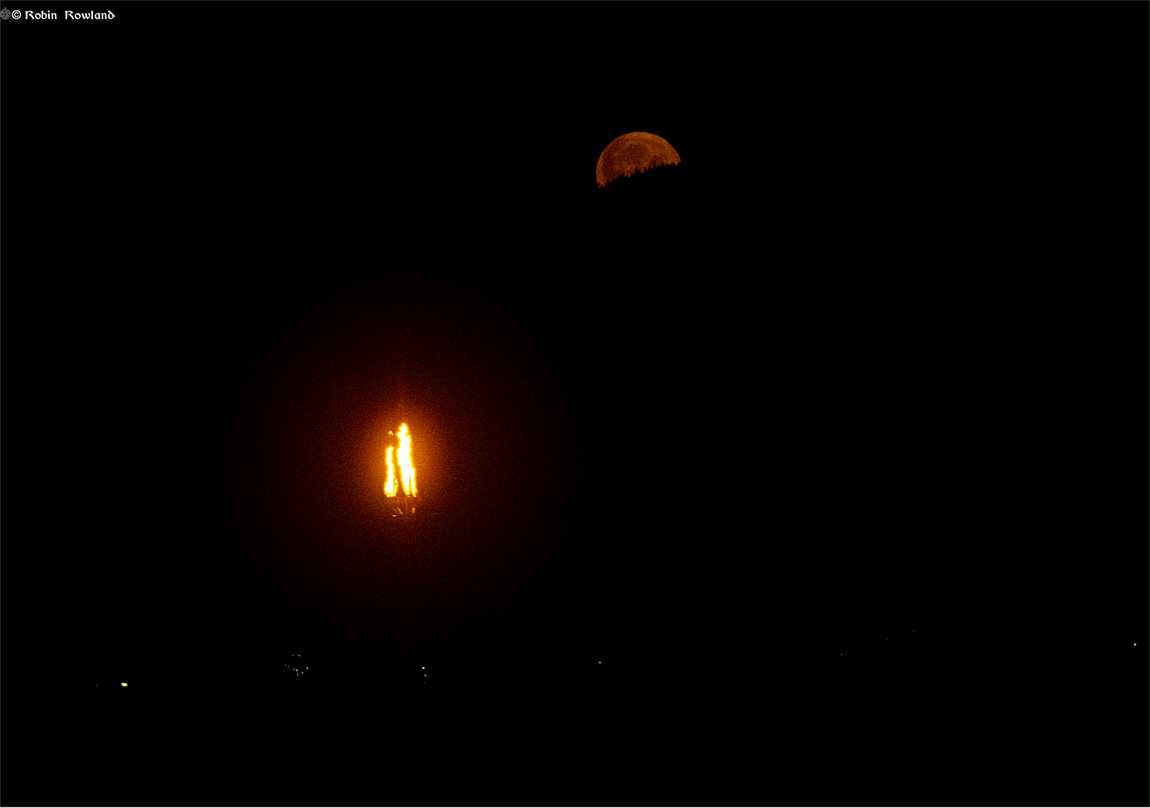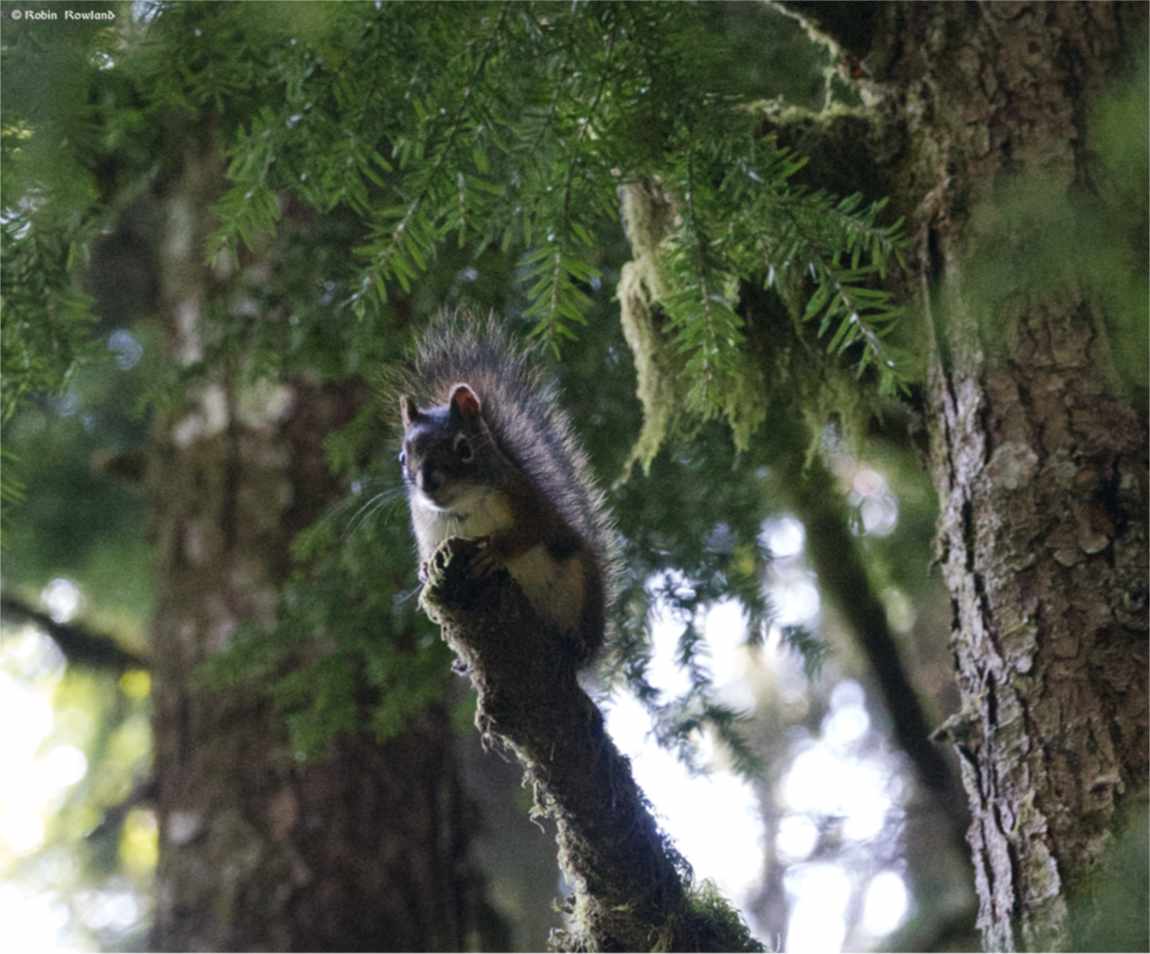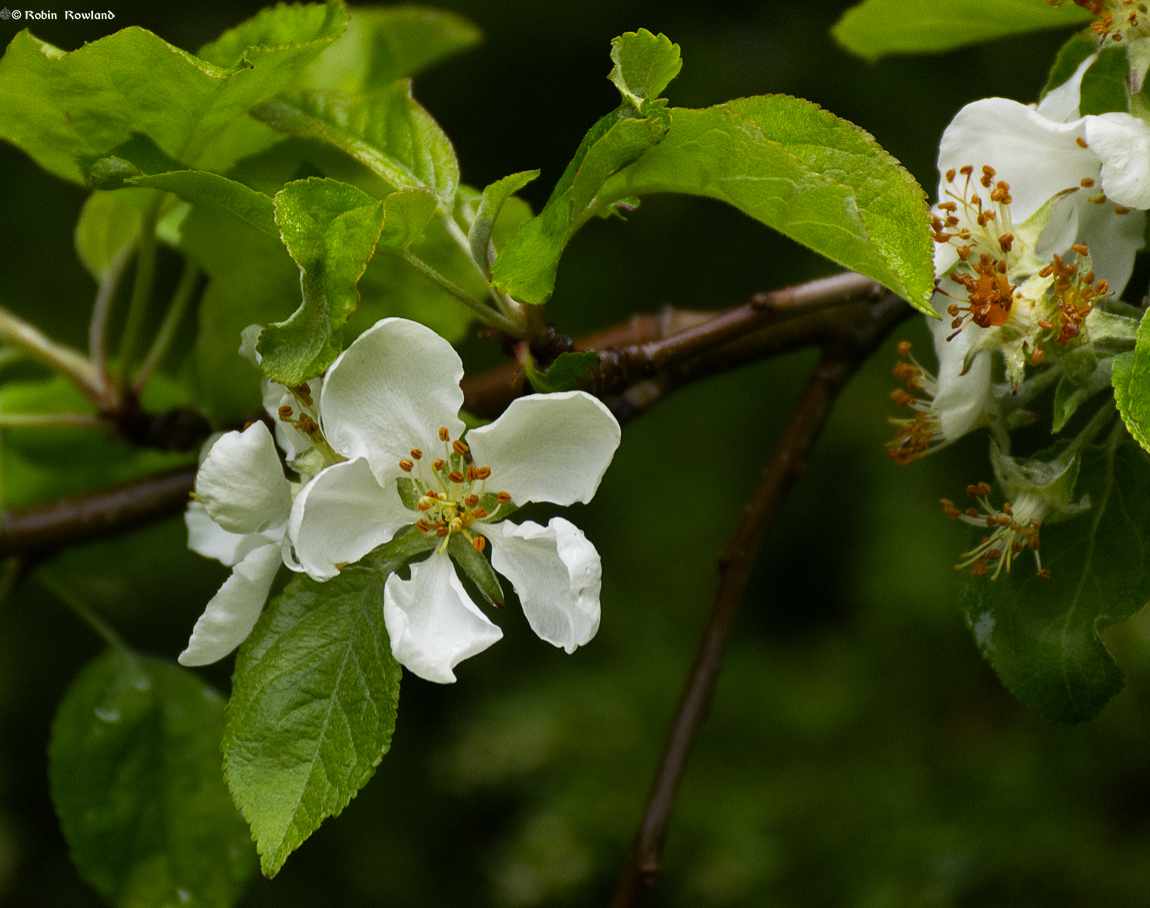The high flare
The natural gas flare rises an estimated 60 metres above a tower at the LNG Canada facility in Kitimat, BC, June 18. Beginning on June 16, the extensive flaring is part of the flushing and cool down process prior to the liquified natural gas plant becoming operational. The flare height will vary between 20 metres […]






